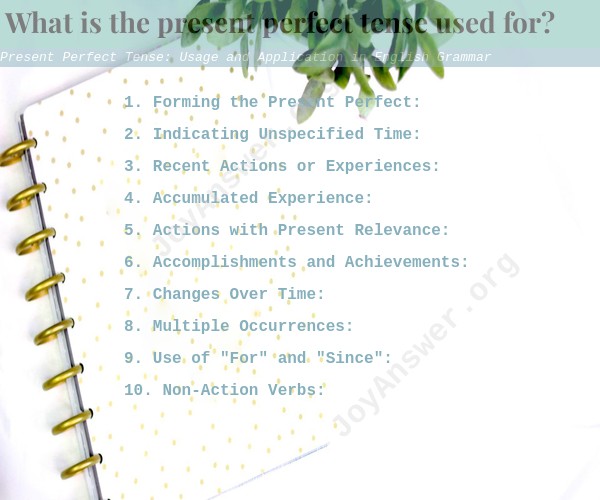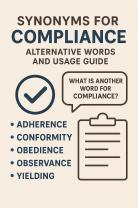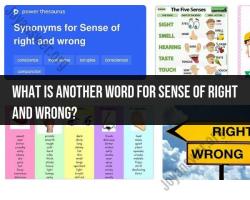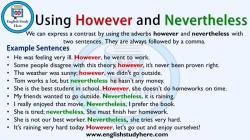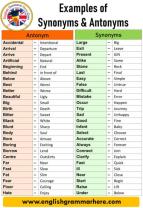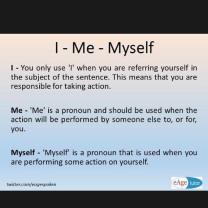What is the present perfect tense used for?
The Present Perfect tense is a verb tense in English grammar used to describe actions or events that have a connection to the present moment, even if they occurred in the past. It emphasizes the relevance of past actions to the current situation. The tense is formed using a combination of the auxiliary verb "have" (in its various forms) and the past participle of the main verb. Here's an overview of the usage and application of the Present Perfect tense:
1. Forming the Present Perfect:The basic structure of the Present Perfect tense is as follows:
- Positive: Subject + have/has + past participle + rest of the sentence.
- Negative: Subject + have/has + not + past participle + rest of the sentence.
- Question: Have/Has + subject + past participle + rest of the sentence?
2. Indicating Unspecified Time:The Present Perfect is often used when the specific time of the action is not mentioned or is not important. It focuses on the result or relevance of the action in the present.
- Example: She has visited Paris several times.
3. Recent Actions or Experiences:The Present Perfect is used to describe actions that have happened recently or in the recent past, often with adverbs like "just," "recently," or "lately."
- Example: I have just finished my homework.
4. Accumulated Experience:It's used to talk about experiences in a person's life up to the present moment.
- Example: He has traveled to many countries.
5. Actions with Present Relevance:The Present Perfect is used when the past action has a connection or relevance to the present, often in relation to ongoing or continuous situations.
- Example: I have read that book, so I know what it's about.
6. Accomplishments and Achievements:The tense can be used to describe accomplishments or achievements up to the present.
- Example: They have built a successful business.
7. Changes Over Time:The Present Perfect can describe changes or developments that have occurred over a period leading up to the present.
- Example: The city has grown significantly in the last decade.
8. Multiple Occurrences:When emphasizing the number of times an action has happened, the Present Perfect can be used.
- Example: We have watched that movie three times.
9. Use of "For" and "Since":The Present Perfect is often used with "for" (duration) and "since" (starting point) to indicate how long a situation has been going on.
- Example: She has lived here for five years. (Duration)
- Example: I have known him since 2010. (Starting point)
10. Non-Action Verbs:The Present Perfect is not typically used with non-action verbs (e.g., like, love, know) unless there is a change in the state.
- Correct: I have known him for years. (Change in knowledge)
- Incorrect: I have liked that song.
Remember that understanding the context and purpose of using the Present Perfect tense is essential for correct usage. It conveys a sense of connection between past actions and the present moment, highlighting their relevance and impact on the ongoing situation.
